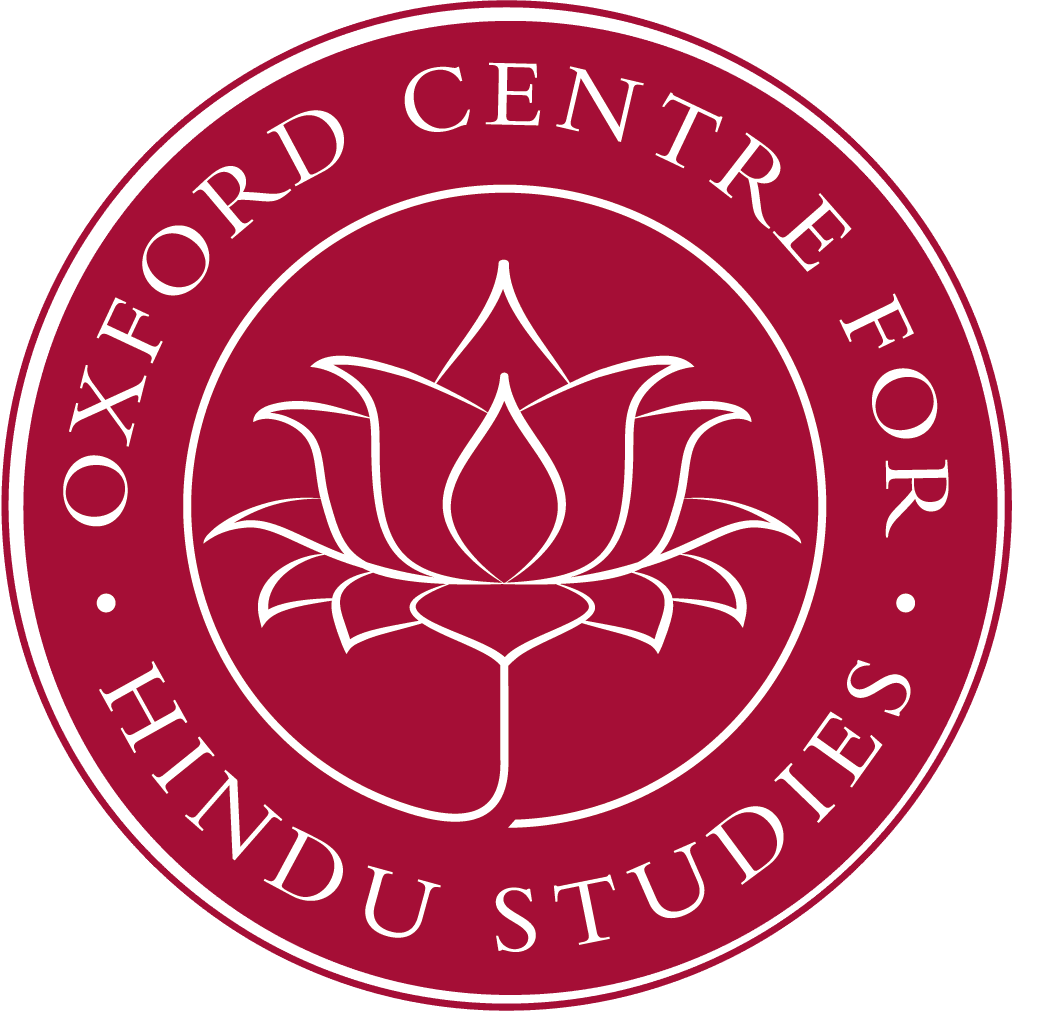Hinduism cannot be understood without the Goddess (Devī/Śakti) and the goddess-oriented Śākta traditions. The Goddess pervades Hinduism at all levels, from aniconic village deities to high-caste pan-Hindu goddesses to esoteric, tantric goddesses. Nevertheless, these highly influential forms of South Asian religion have only recently begun to draw a more broad scholarly attention. Taken together, they form ‘Śāktism’, which is by many considered one of the major branches of Hinduism next to Śaivism and Vaiṣṇavism. Śāktism is, however, less clearly defined than the other major branches and sometimes surprisingly difficult to discern from Śaivism in its tantric forms. These sometimes very complex and challenging forms of South Asian religion provide a test case for our understanding of Hinduism and raise important theoretical and methodological questions with regard to the study of religious traditions in South Asia as well as to the more general and comparative study of religion.
This Śākta symposium is a contribution by leading scholars in the field as well as research students to the Śākta Traditions project and its endeavor in tracing developments in the history of goddess worship among the orthoprax brahmans, among the tantric traditions and at village level in South Asia. Thus, the symposium acts as a historical exploration of distinctive Indian ways of imagining God as Goddess (and goddesses) and aims at presenting an interdisciplinary state-of-the-art survey of Śākta history, practice and doctrine in its diversity as well as to convey something of the fascinating Śākta religious imaginaire and ritual practice that is distinctive and sets ‘Śāktism’ apart from other South Asian religious traditions. Any headway in this field will be of great value for the future study of religion in South Asia.
Webpage: saktatraditions.org
Monday 17 June 2019, OCHS Library (10.00-13.00) and Campion Hall (14.30-18.00)
Convener: Dr Bjarne Wernicke-Olesen
Programme
10-13.15 Oxford Centre for Hindu Studies (13-15 Magdalen Street, Oxford)
10.00-10.15 Welcome by Professor Gavin Flood (Oxford)
10.15-10.45 Dr Bjarne Wernicke-Olesen (Oxford): On the State of the Art and Research Challenges in the Study of Hindu ‘Śāktism’
10.45-11.00 Tea and biscuits
11.00-12.00 Professor Mandakranta Bose (British Columbia): Correlating Divinity and Femininity in the Hindu Tradition
12.00-12.30 PhD Fellow Silje Lyngar Einarsen (Oslo and Aarhus): Navarātri in Benares: Narrative Structures and Social Realities
12.30-13.00 Prema Goet, MA (SOAS): The Path of Śakti (Exhibition)
13.00 Opening reception with short introduction by Professor Chris Dorsett (Oxford)
13.15-14.30 Lunch break
14.30-18.00 Campion Hall (Brewer Street, Oxford)
14.30-14.45 Campion Hall tour with Professor Gavin Flood
14.45-15.45 Dr Bihani Sarkar (Oxford): Taking over Skanda: Religious appropriation and political transformation in the worship of Durgā (c. 7th century CE).
15.45-16.00 Tea and biscuits
16.00-17.00 Dr Silvia Schwarz Linder (Leipzig): The Concept of jīvanmukti in the Non-Dualistic Śākta Perspective of the Tripurārahasya
17.00-18.00 PhD Fellow Janaki Nair (Northumbria): Intertwining Hands: Tāntric Mudrās and Kathākali Theatre
